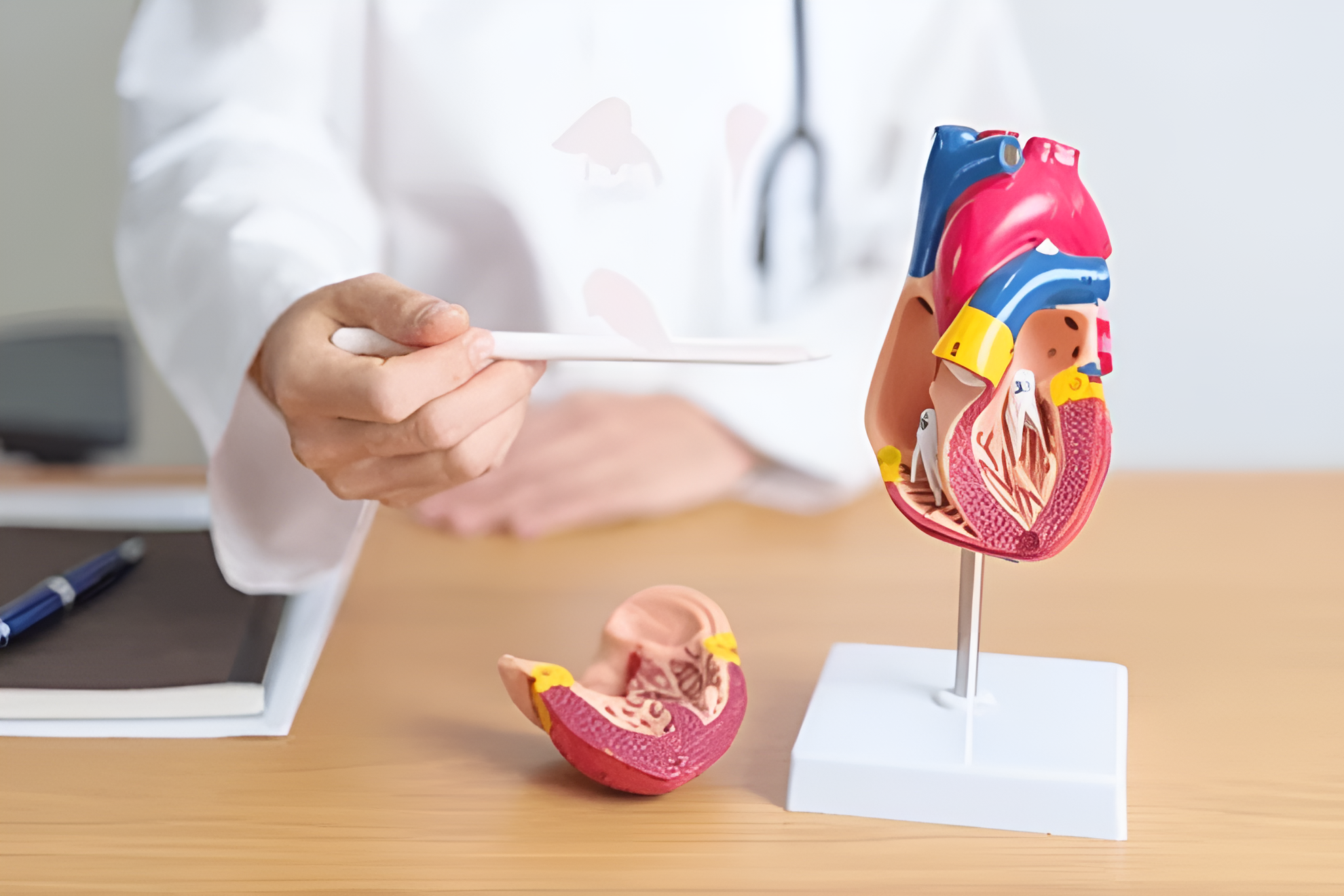Echocardiograms are a widely used diagnostic tool in cardiology that assesses the heart’s structure and function. By creating real-time images of the heart using ultrasound technology, this procedure provides detailed insights into the heart’s operation. Here is more information on what an echocardiogram is, its applications, and why incorporating it as part of regular health care can help identify potential health issues early:
What is an Echocardiogram?
An echocardiogram uses high-frequency sound waves to produce live images of the heart. The process involves placing a small device called a transducer on the chest, which sends sound waves through the body. When these waves bounce back from the heart’s structures, they create a moving picture displayed on a monitor.
Transthoracic echocardiograms are the most common procedure, where the transducer operates externally on the chest wall. Other variations, such as transesophageal echocardiograms, involve inserting the device into the esophagus for closer imaging. Doppler echocardiography focuses on blood flow through the heart, examining for any irregularities. These accurate imaging techniques allow detailed assessments of heart chambers, valves, and surrounding vessels.
How Are They Utilized?
Echocardiograms play a fundamental role in diagnosing and managing cardiovascular conditions. Physicians often use them to identify abnormalities in heart valves, such as narrowing or leaking, which may lead to improper blood flow and increase strain on various heart structures. They also detect heart chamber size and thickness, providing clues about possible issues like cardiomyopathy or heart failure.
Individuals experiencing chest discomfort or irregular heartbeats may undergo echocardiograms to evaluate ventricular and atrial function. The procedure accurately assesses how well the heart pumps blood and determines the presence of weakened or damaged heart muscle. They help in monitoring congenital heart defects and understanding their progression over time.
What Are the Benefits?
Regular echocardiograms provide valuable insights into an individual’s cardiovascular health. Early detection of conditions such as valve disease, heart failure, or structural abnormalities can lead to more effective treatment options and better outcomes. By identifying disease in its early stages prior to symptom progression, patients face a broader range of preventive strategies.
Individuals with pre-existing conditions like hypertension, diabetes, or a family history of cardiac diseases greatly benefit from routine imaging. These groups are at higher risk for developing cardiovascular issues, and regular screenings help establish a full picture of heart health. Having updated records of heart function allows physicians to monitor slight changes over time while tailoring care to individual needs.
Maintaining consistent schedules for echocardiograms also empowers patient participation in their own health. Knowing more about their heart’s condition encourages conversations with health care professionals while fostering comprehensive approaches toward their treatment plans.
Find a Cardiologist
Echocardiograms play a key role in diagnosing and managing heart conditions, with advanced imaging techniques capable of providing detailed visualizations of heart structures. Their application spans detecting valve dysfunction, monitoring cardiac function, and delivering ongoing care. For individuals at higher risk, or with related conditions, regular echocardiograms serve as an effective step in maintaining cardiovascular health. If you notice any changes in your heart health or want to take preventive steps, speak with your healthcare provider about scheduling an echocardiogram. This routine and reliable diagnostic tool can be an invaluable part of long-term wellness.









Leave a Reply